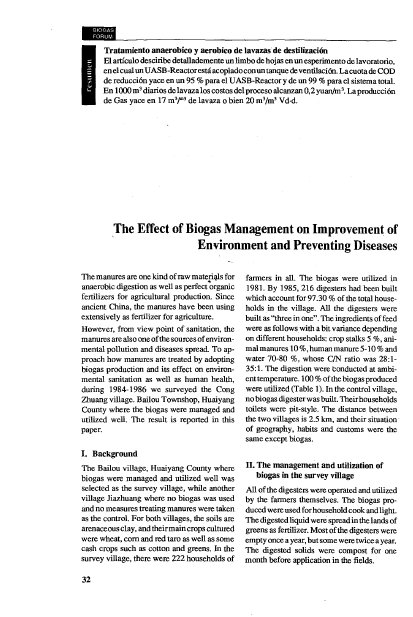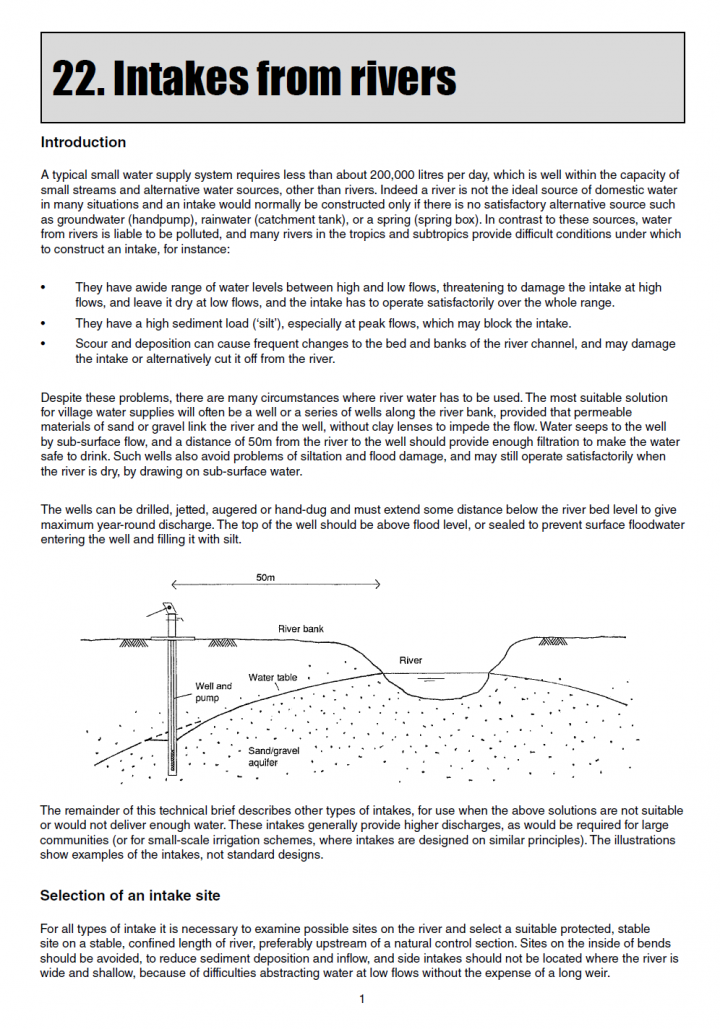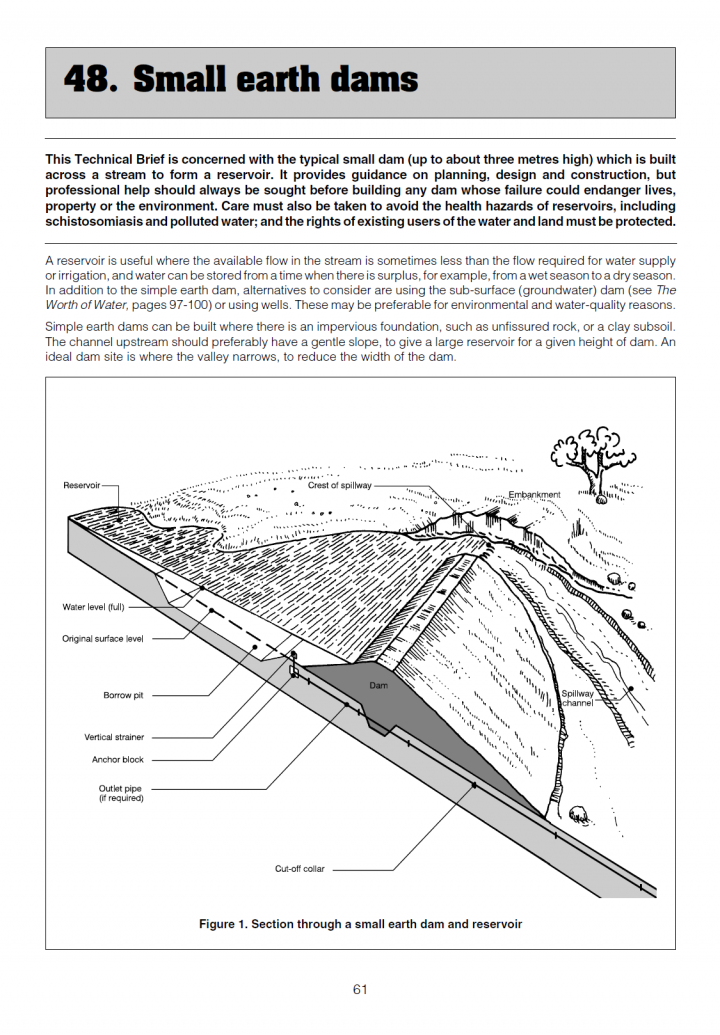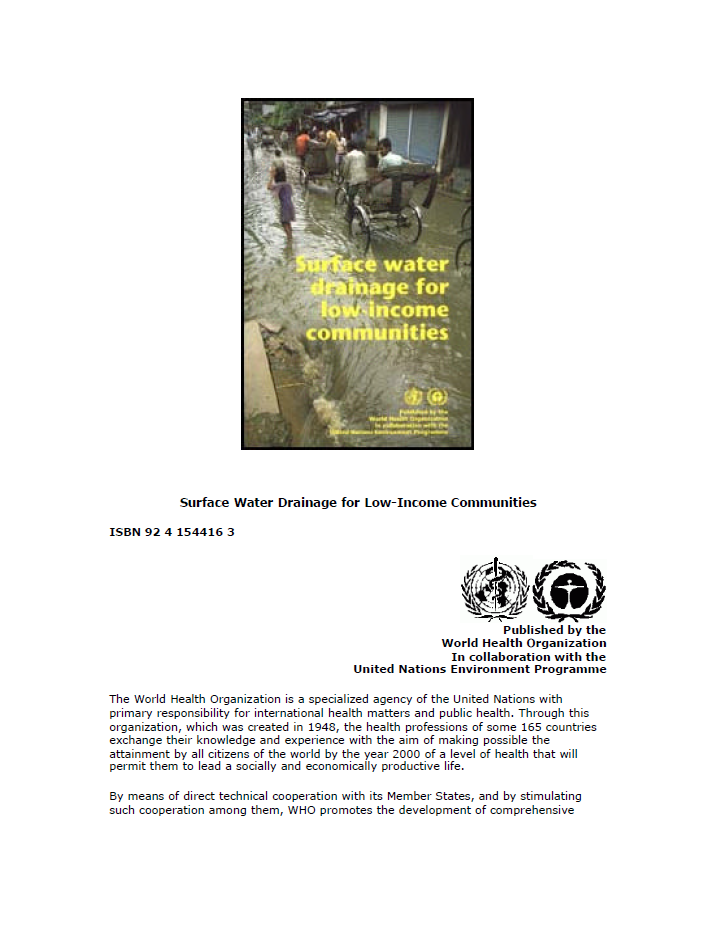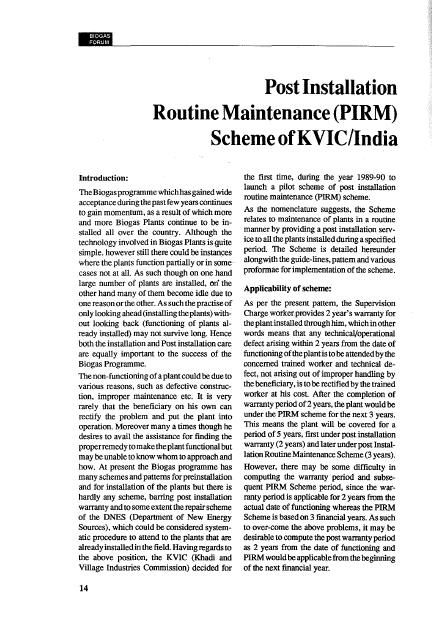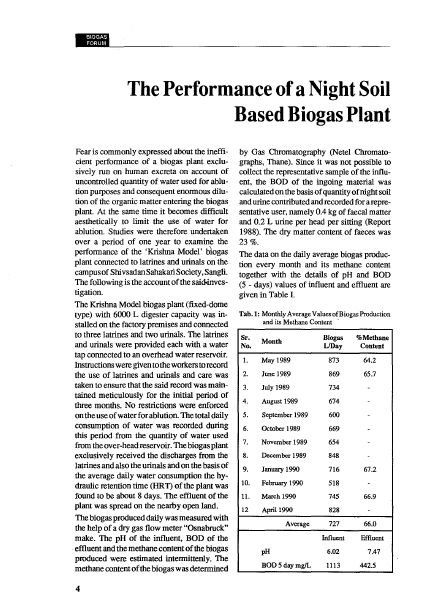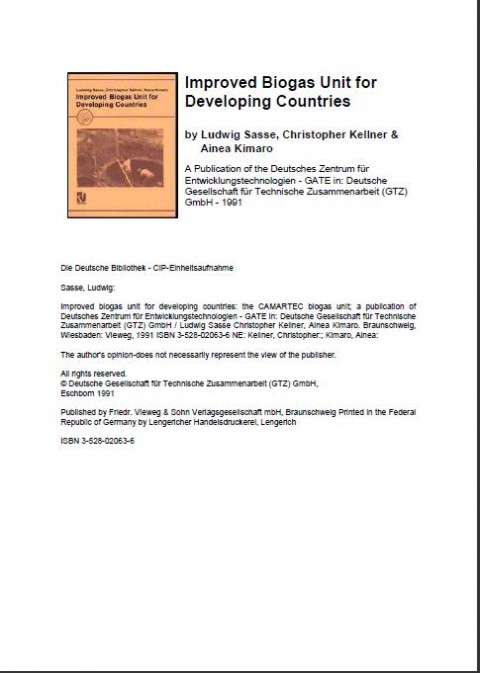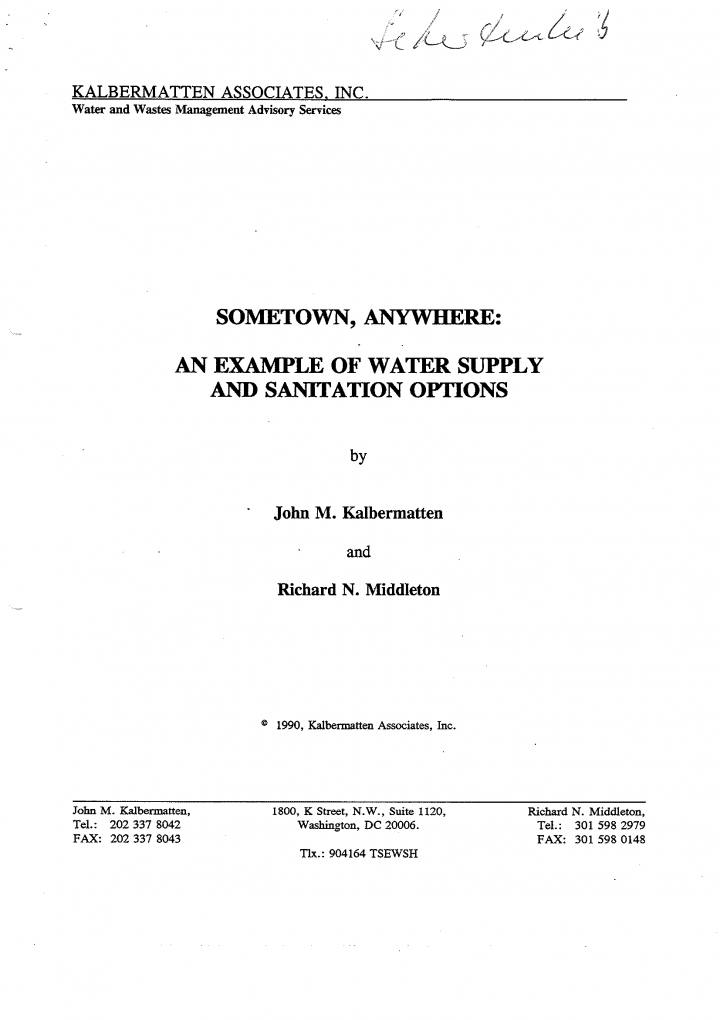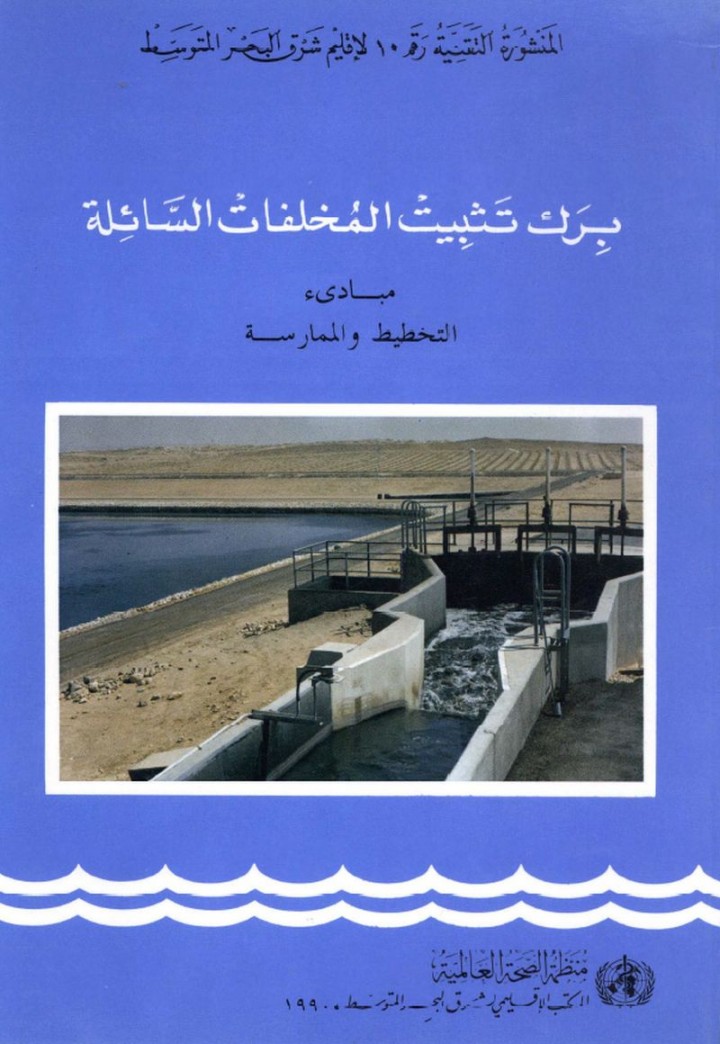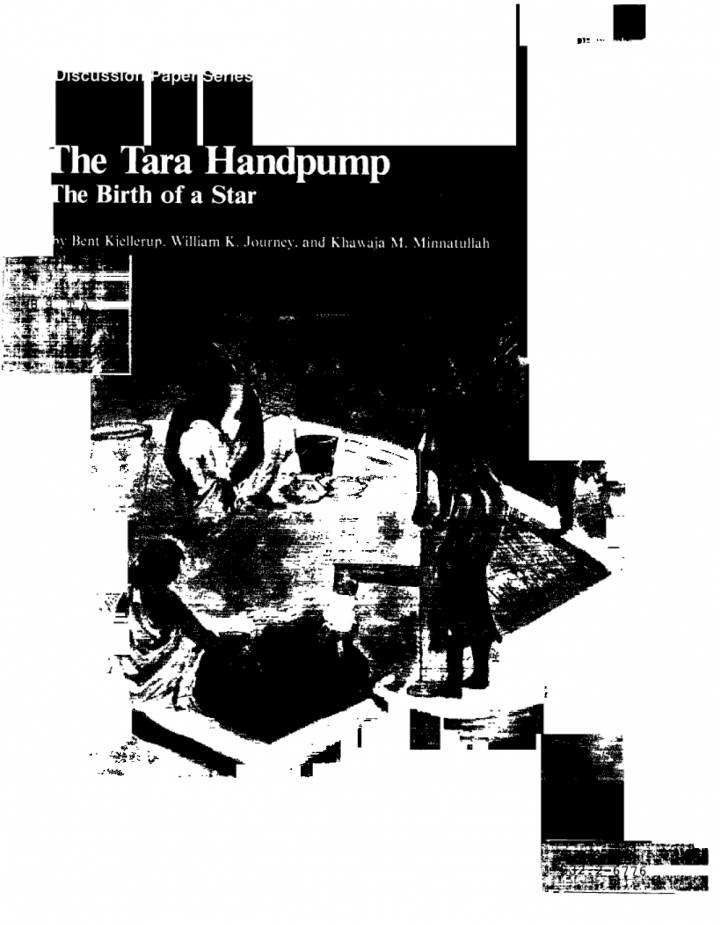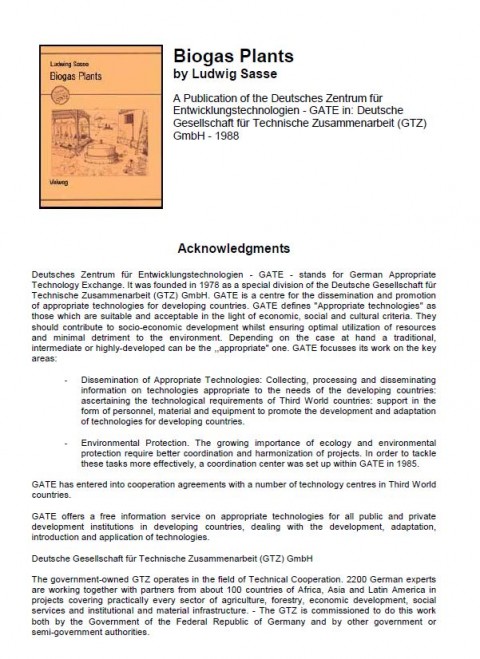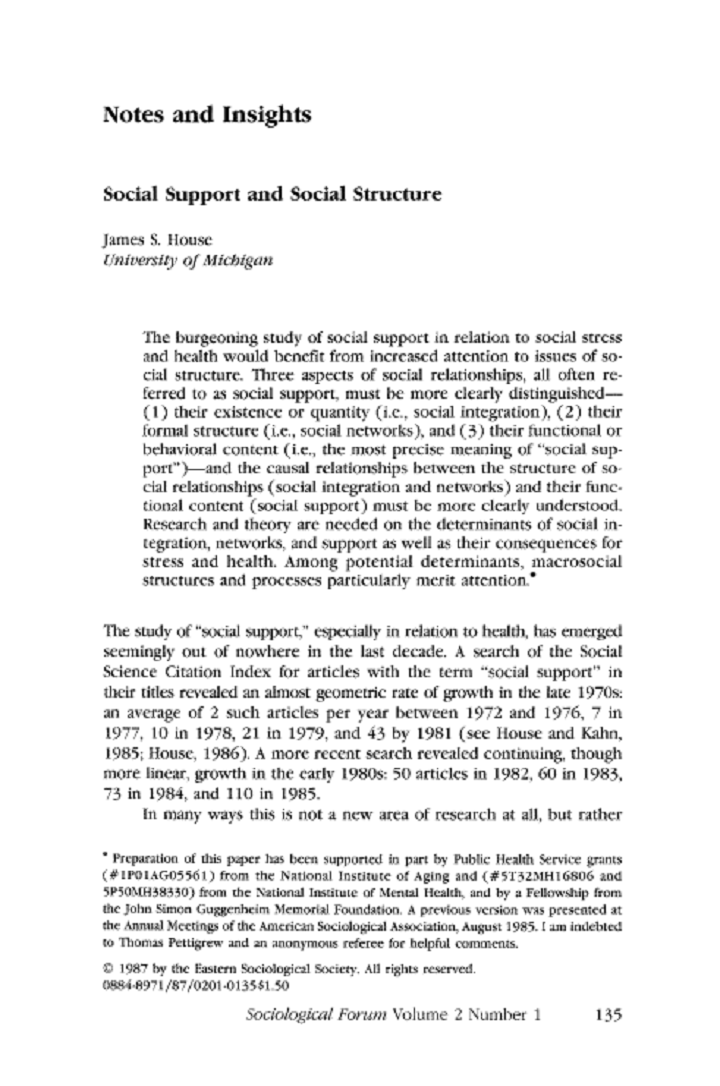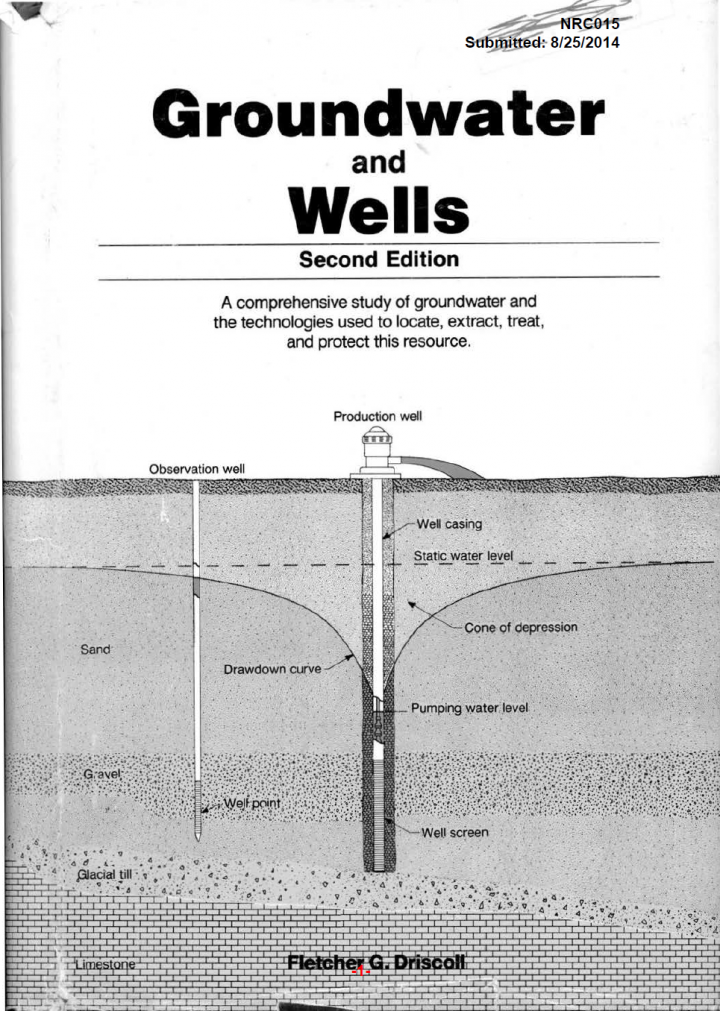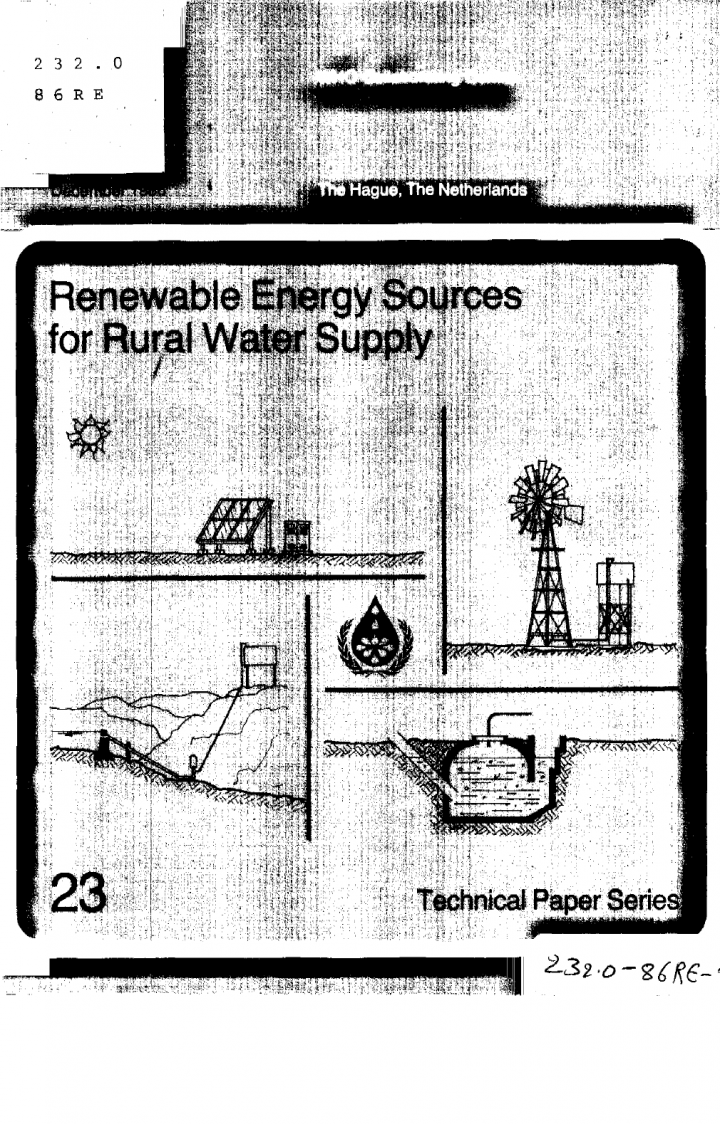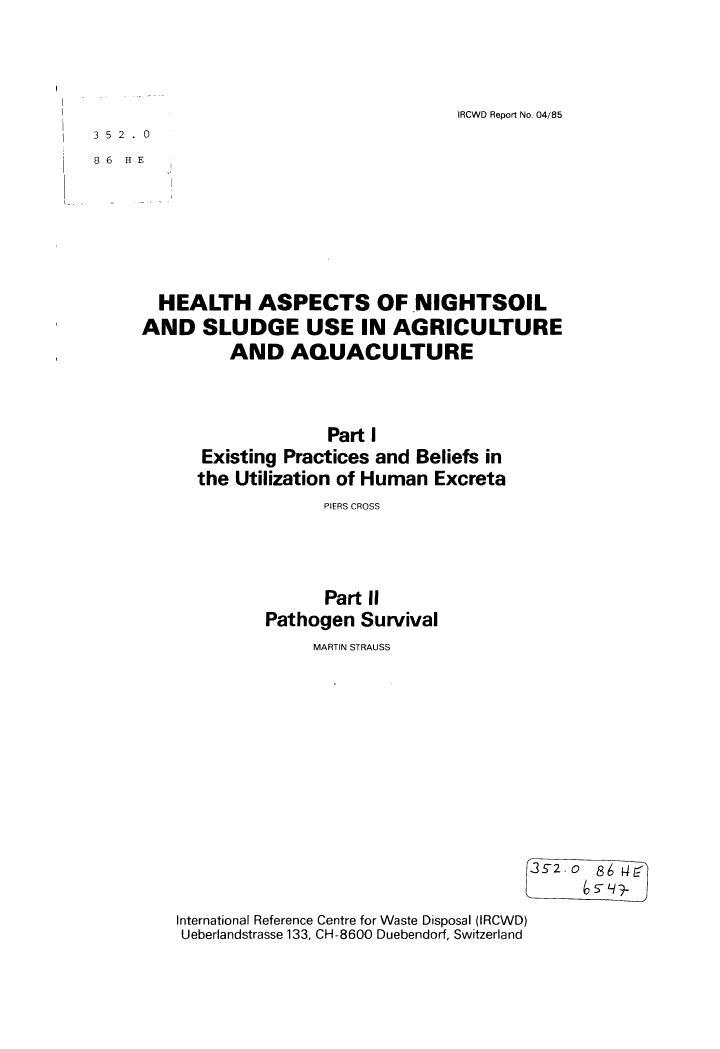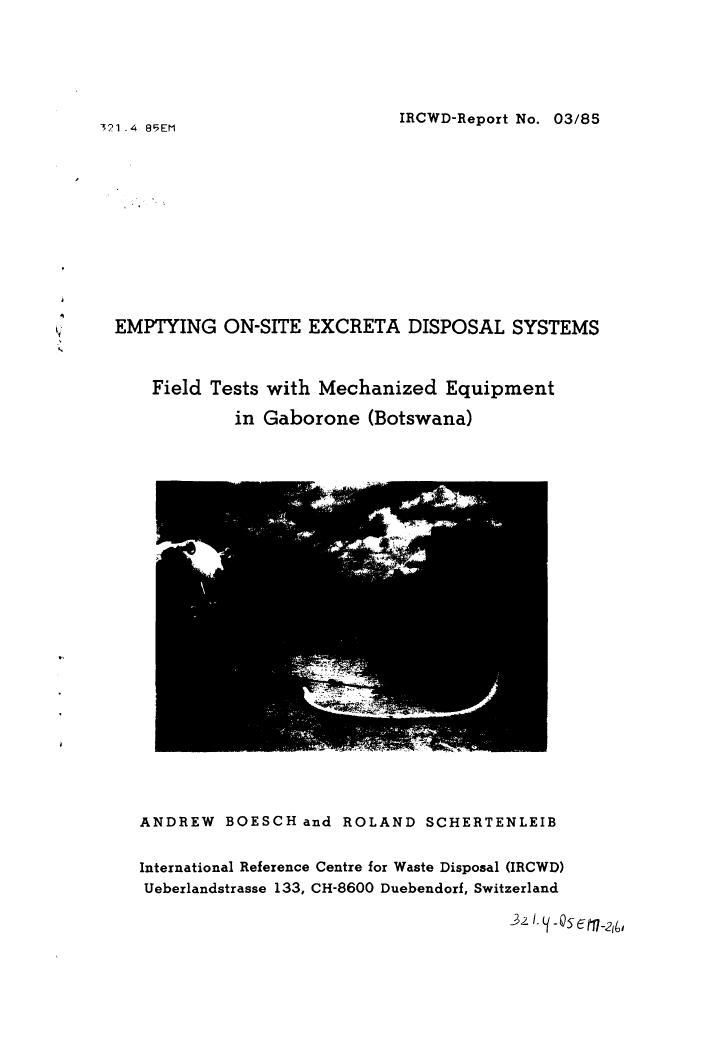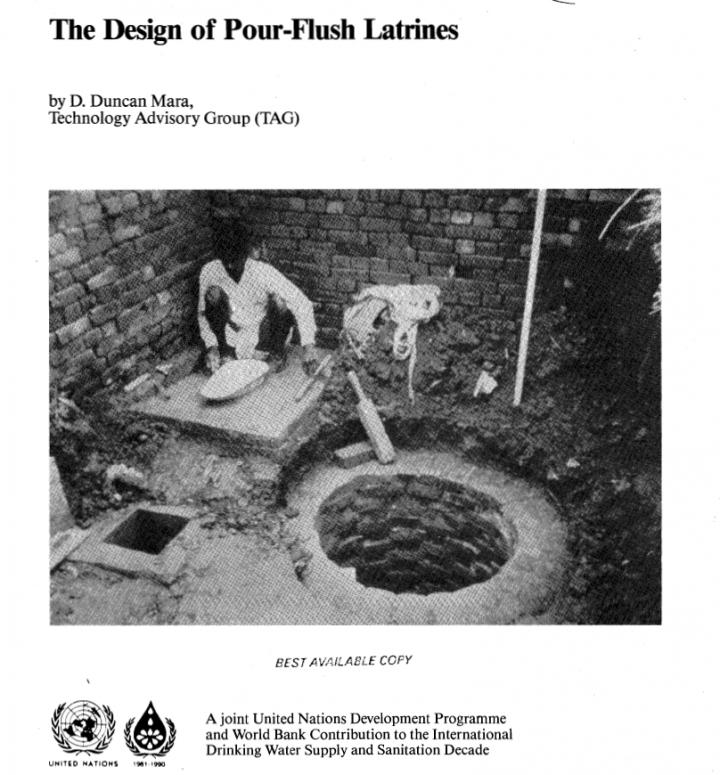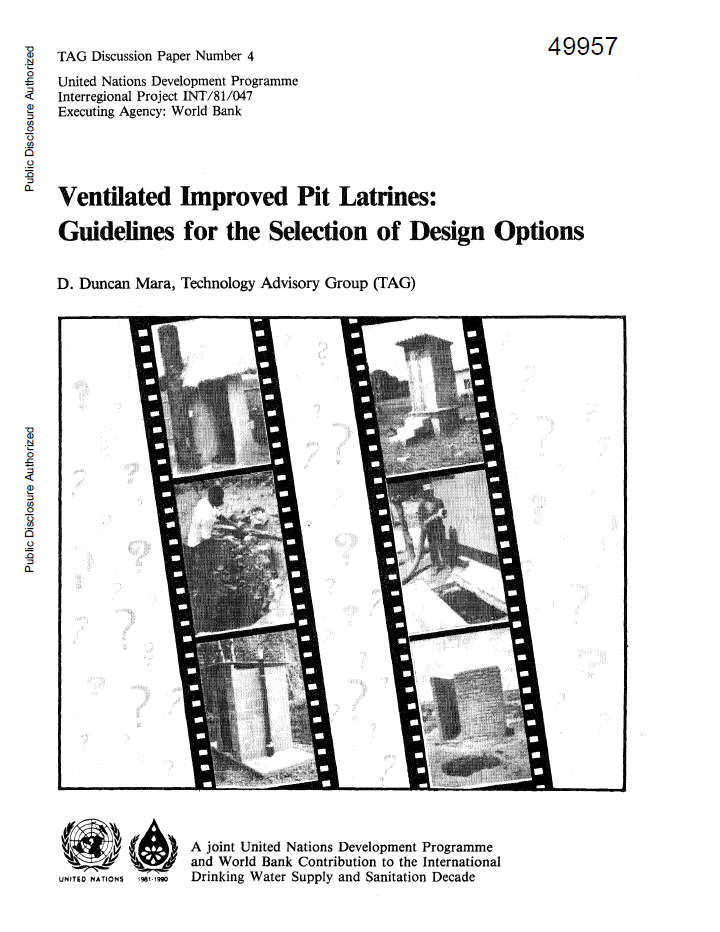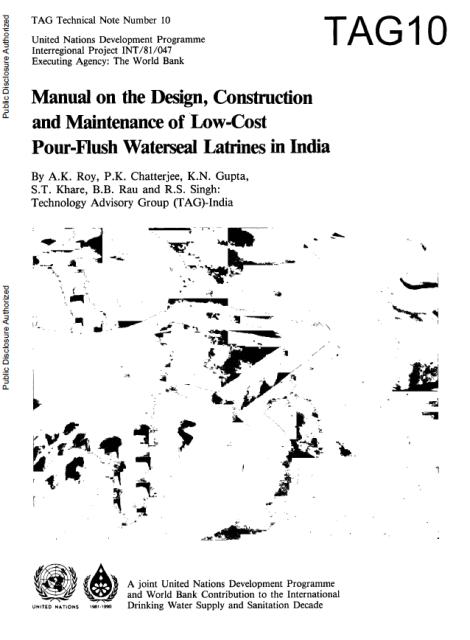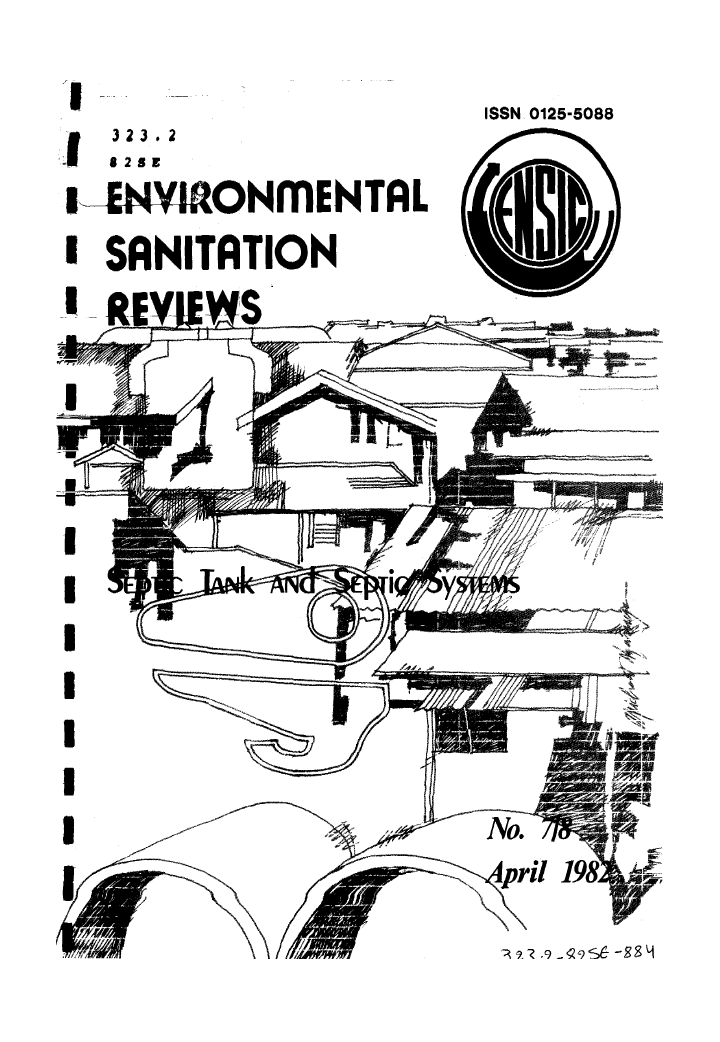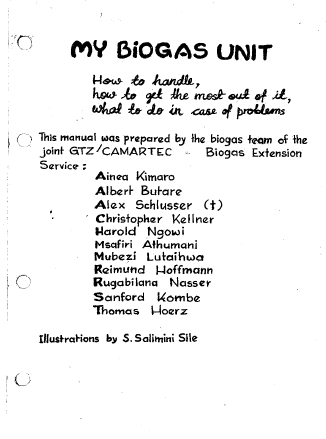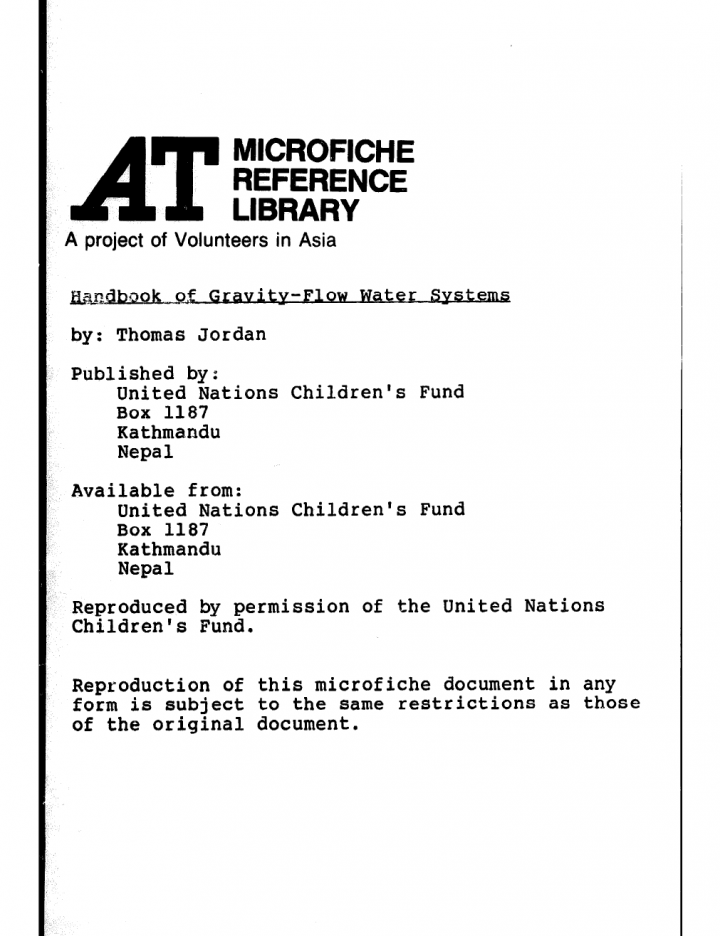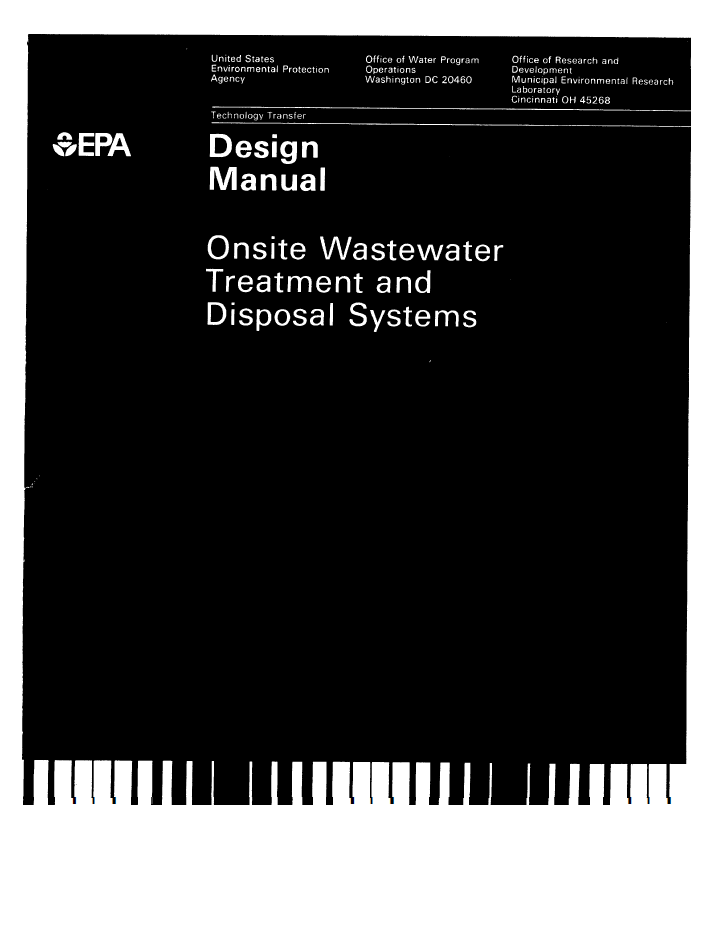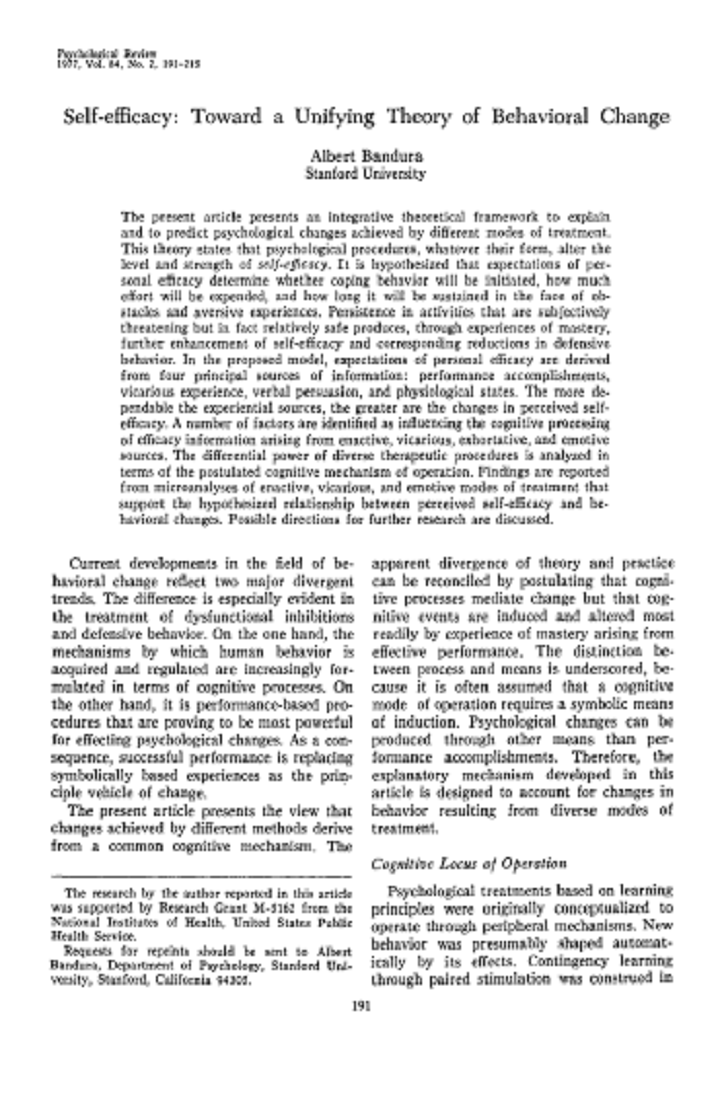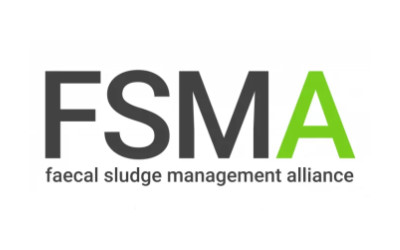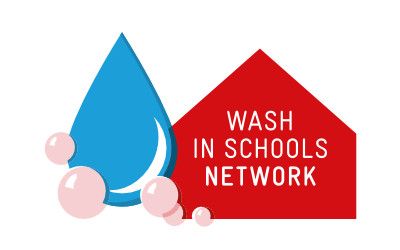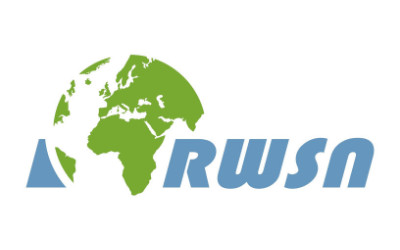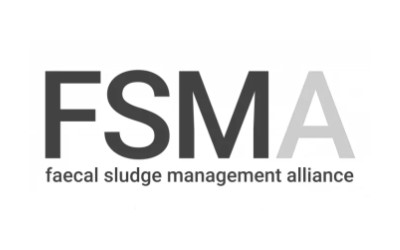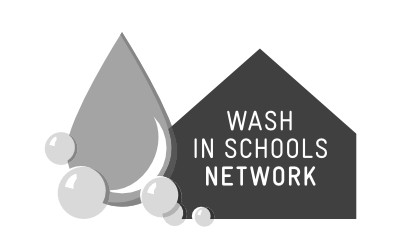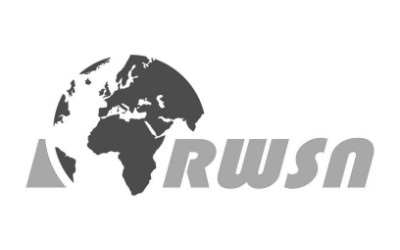Searching for information on Sanitation Workers?
The Sanitation Workers Knowledge + Learning Hub is the best source for all current news, trends, articles and updates on sanitation workers rights around the world.
A typical small water supply system requires less than about 200,000 litres per day, which is well within the capacity of small streams and alternative water sources, other than rivers. Indeed a river is not the ideal source of domestic water in many situations and an intake would normally be constructed only if there is no satisfactory alternative source such as groundwater (handpump), rainwater …
This Technical Brief is concerned with the typical small dam (up to about three metres high) which is built across a stream to form a reservoir. It provides guidance on planning, design and construction, but professional help should always be sought before building any dam whose failure could endanger lives, property or the environment. Care must also be taken to avoid the health hazards of …
Many low-income communities in developing countries consider stormwater dra inage to be their most urgent need as far as urban infrastructure is concerned. This is partly because their houses are often built on unsuitable land. In areas sufficiently close to the city centre for the journey to work to be affordable, land prices tend to be beyond their means. The only land they can afford, or on …
Sometown is a regional center in a predominantly agricultural area. It serves as a commercial center for this area, and has a well-established light industry as well as several food and cotton processing enterprises.
Water for the municipal supply is abstracted from wellfields 5 km east of the city limits. Water quality is at present excellent; the water is chlorinated, but only as a …
The burgeoning study of social support in relation to social stress and health would benefit from increased attention to issues of social structure. Three aspects of social relationships, all often referred to as social support, must be more clearly distinguished—(1) their existence or quantity (i.e., social integration), (2) their formal structure (i.e., social networks), and (3) their …
The potential of using renewable energy sources (solar energy, wind energy, hydropower, biomass energy) to power water pumping systems for rural water supply is receiving increased attention. Assessment and selection of these
energy sources and pumping systems require careful analysis of a wide range of factors. This book provides guidance and information to support the systematic consideration …
Excreta constitute a valuable source of nutrients. In many countries (e.g. China, Taiwan, Japan, Korea, Indonesia) they are traditionally and widely used to fertilize fields and ponds where fish and aquatic vegetables are grown. In these areas, faecal wastes carry considerable economic importance. This may increase in the years to come elsewhere too as a result of the growing cost of mineral …
This report describes field tests of three prototype pit latrine emptying systems, a hand operated diaphgram pump and two vacuum tankers in regular service in Africa. Numerous sludge samples were taken and their viscosities and compositions measured to establish limits for the types of sludges that can be removed by each system.
The traditional solution to providing sanitation facilities in urban areas has been conventional sewerage, but this technology is so expensive that it is not generally affordable by low-income communities. World Bank research has shown that full health benefits can be obtained through the use of a variety of lower-cost alternative sanitation technologies. Although the user convenience level of …
This Discussion Paper provides guidelines that will enable a design engineer to make a rational selection of the VIP latrine design option most appropriate to the community for which he is responsible. The designer is aiming at a technical choice that will be affordable to the householder and will give the best long-term service at the least cost. It is assumed for the purpose of this paper that …
This paper presents a state-of-the-art review on the septic tank and septic systems. Information on design and functional aspects, and environmental effects of septic tank systems are presented. In addition, some important research needs as reported in the literature are pinpointed. It should be noted that this review paper contains neither standards nor rules and regulations pertaining to septic …
This document provides information on generic types of onsi te wastewater treatment and disposal systems. It contains neither standards for those systems nor rules and regulations pertaining to onsite systems. The design information presented herein is intended as technical guidance reflective of sound, professional practice. The intended audience for the manual includes those involved in the …
The present article presents an integrative theoretical framework to explain and to predict psychological changes achieved by different modes of treatment. This theory states that psychological procedures, whatever their form, alter the level and strength of self-efficacy. It is hypothesized that expectations of personal efficacy determine whether coping behavior will be initiated, how much …

